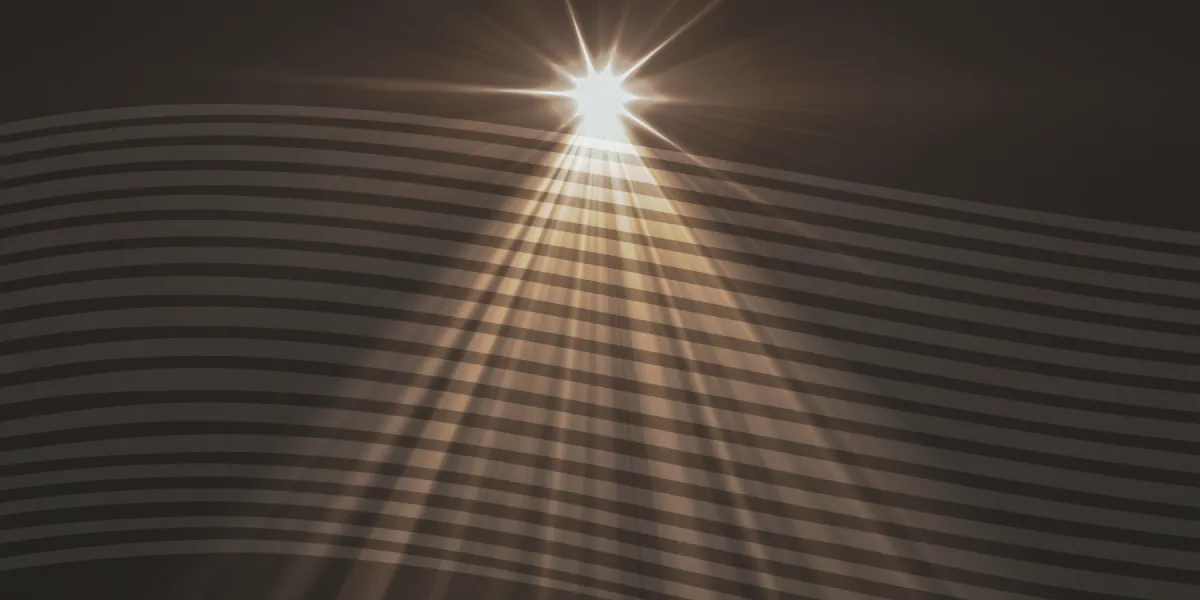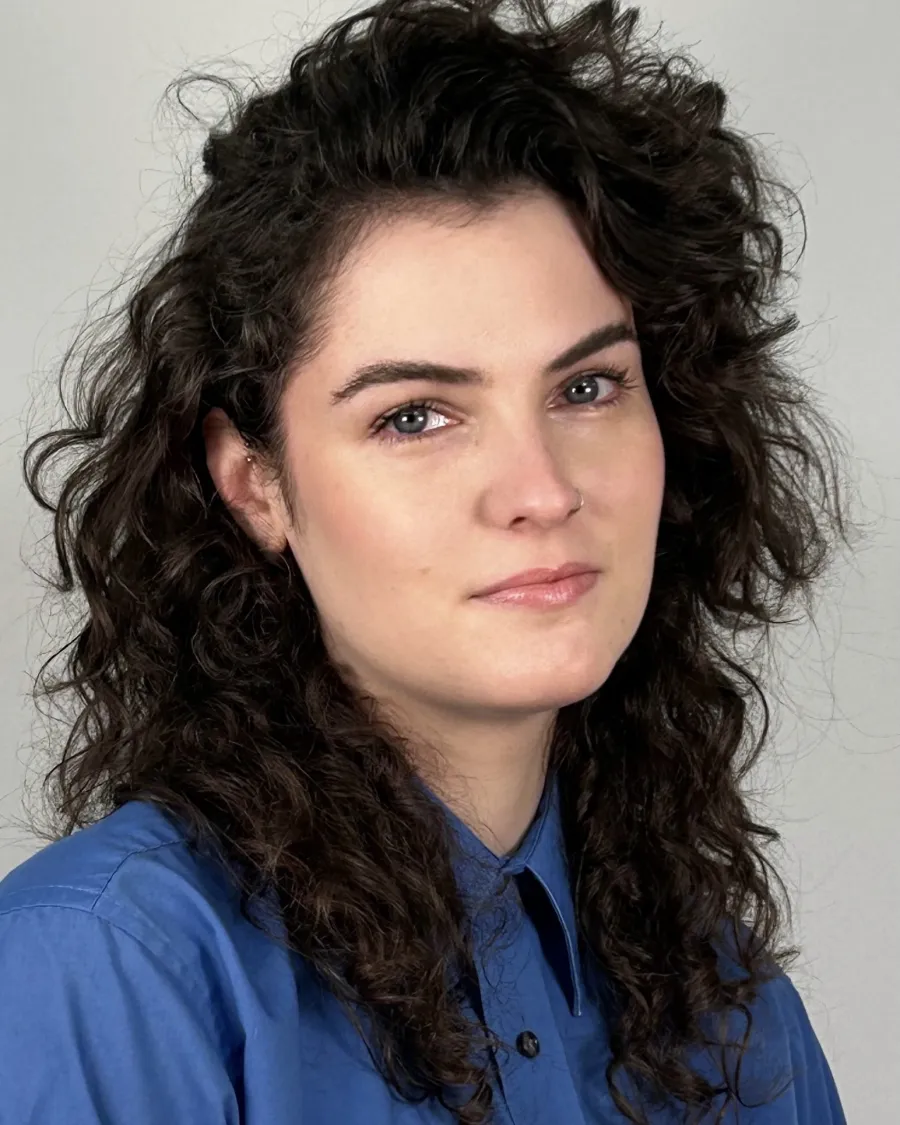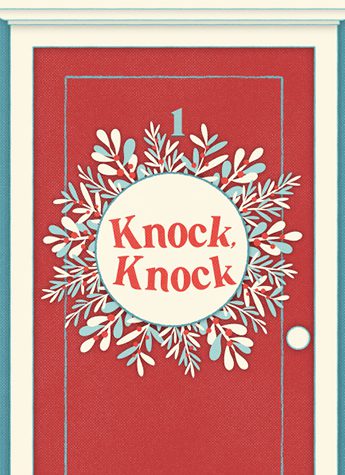- Shows &
Tickets - Classes &
Camps-
-
-
-
Interested in after-school activities for your kids? Explore After School Programs
-
-
-
- Schools &
Educators-
-
- Schools & Educators
Partner with the Alliance Theatre Institute for professional learning for educators and arts-integrated or theater-based instruction for students.
-
Unique Programs
We offer unique programs that use the power of the arts to inspire students, develop skills, and create positive change in schools and communities.
- Poetry Out Loud: Georgia
- JumpStart Theatre
-
-
-
-
Tickets for Teachers is a free ticket program for educators for Alliance Theatre productions. View Program Details
-
-
-
- Artists &
Community-
-
- Artists & Community
Learn more about our playwriting programs, partnerships with community organizations, and resources for artists.
-
An exploration of theater and the people who make it happen.
-
Check here for all major announcements from the theater.
-
-
- Impact &
Support-
-
- Impact & Support
Your support brings stories to life, funds community programs, and ensures more people have access to powerful theater experiences.
-
Name a Seat in the Goizueta Stage
Put your unique handprint on better tomorrows for Atlanta's young audiences.
-
-


An Interview with Camille Labarre, Puppet Designer for Water for Elephants
What is your earliest memory of building a puppet?
My earliest puppet must have been a model of the human arm for my middle school science class which my father and I built out of plexiglass in his workshop. I also made this giant robot marionette out of cardboard and duct tape for art class in college. It must have been the first week of school, my classmates were like “What’s her deal?” I even did a couple puppet making internships the summer of my freshman year, but it would be a while before I would find my way back to puppetry. In hindsight, it does seem like it was brewing at the back of my mind. For years, I made sculptures that I would perform inside of – sounds familiar, right?
I didn’t really find puppetry [as a career] until adulthood. That said, a lot of the media we consumed as kids did involve live-action or stop-motion puppetry – Jim Henson, Aardman, Gumby, Shari Lewis, Tim Burton, etc. That was definitely my mother’s influence. Now, of her three daughters, two are puppet makers and one is an animator. Thanks Mom!
Have you always wanted to be a maker in theatre? Or is that something that was adding along in your journey as a maker?
Theater was a big part of my cultural awareness growing up thanks to my grandfather. If he saw you halfway down the block, he’d start belting show tunes at you. He’d make a habit of rolling down the window at a red light and putting on a show for jaded New Yorkers waiting for the bus as we melted in our seats from embarrassment. Of course, he took us to see shows and made sure we knew all the classics. While I never intended to work in theater, I can’t say I’m totally surprised. That said, theater is only part of what I do – I also work in TV, fashion, advertising, and editorial.
I thought I wanted to be an art teacher – it seemed like a rewarding career that would allow me to continue making things. I moved back to New York with a Master’s in arts education, ready to be hired. I quickly learned that finding a decent job was going to be really, really hard – welcome to being a millennial! So, I swallowed my pride and did an internship making stop motion puppets and props for an animation company in Soho. That job was a revelation – I enjoyed the work, I was very good at it, and I saw a career open up to me that I didn’t know existed. Once I started freelancing, all the stop motion gigs had moved to Portland, so I pivoted to stage and TV puppets and the rest is history. Today, I run my own puppet and prop shop with my sister Rose called LAB LAB, and that’s where all the puppets in Water for Elephants were made.
What inspired you to create LAB LAB?
Rose (my sister, not the elephant) and I have freelanced for years all over the city in various fields and started getting more referrals than we could handle – it just made sense for us to start our own business. Most puppet shops specialize in Muppet-style hand puppets, so we saw a niche in the market for the kind of work that we do. Our portfolio tends to lean towards fashion, which I find really exciting and interesting. My favorite thing in the world is to take an underestimated craft and elevate it beyond people’s expectations. I’m really proud to say that we’re doing that. That’s our job! How cool is that?
What is your typical process for designing a puppet?
I like to use Procreate on my iPad – I’ve never been all that tech savvy and it’s easy to use. It also makes it really easy to make changes and keep the design process fluid, which is important. The first step to designing is to ask a lot of questions – we all have different ways of describing what we see in our heads, so I need to make sure we’re speaking the same visual language. Once I get a sense of the context, the overall look of the project, the goal of a given piece, and how it needs to perform, I’m able to suggest a set of options for the direction for the puppet and take it from there. As soon as one of the sketches gets approved, we can start building.
One thing that I’ve learned from my years as a builder is that a lot of design decisions are made in the process of taking a theoretical 2D rendering and turning it into a practical 3D object. The builder actually does a lot of design work that almost always goes uncredited. That’s why I’m always sure to give design credit to my head builders and to do a lot of the building myself. The most joyful part of the process for me is in the building of puppets and of a community of people I choose to work beside every day.
What excites you about puppetry? On the flip side, does anything absolutely scare you about working in this medium? A daunting project? A thrilling design?
Puppetry is just animation in real time. My sister Natalie, who is an animator, is naturally a very skilled puppeteer because she has a deep understanding of acting for animation. The basic principle for both mediums is the same: the magic of illusion through movement. The most thrilling part of the process for me is the same as when I worked in stop motion – seeing your puppets come to life. It’s kind of incredible that even if you’re intimately familiar with the process and understand how it works, your brain still plays that trick on you. All the care and attention that goes into making a puppet is in service of that movement, without which it wouldn’t be a puppet.
I’m not actually a puppeteer – but it’s an art form that I deeply respect. The more I work with puppetry, the better I understand that my role as puppet designer is secondary to that of the puppeteer. The truth is, a good enough puppeteer can take a rag onstage and breathe life into it. I often have the experience of going to puppet shows after seeing still images of crude puppets only to find that they worked beautifully in the show – they were never meant to be looked at as static images devoid of context. They’re just tools for storytelling, just like anything else in theater. Now, I do believe that good puppet design elevates the overall effect of the performance, but without a good puppeteer, a well-designed puppet is just a beautiful object. The magic is in the movement.
How did you become connected to Water for Elephants?
I was brought on to the workshop presentation in June as a puppet builder and was offered the position as puppet designer later that summer.
The workshop videos of Rosie are outstanding! If you could quantify it, how many hours have you spent on this one puppet (among many others)?
Lucky for you, I’m very organized! Rosie has taken our team of 4-6 just under 1800 hours to complete since October. I was very lucky to have assembled my dream team to make Rosie come to life, so I’d like to shout out my Head Builders: Rose Labarre (Associate Puppet Designer), Sierra Schoening (Assistant Puppet Designer), and Kenneth Rainey (Assistant Puppet Designer), without whom Rosie would not be the stunning elephant that she is today.
What is the most challenging aspect to creating puppets for the theatre, and how does it differ from building puppets for television and film (if at all)?
It’s very different! And it presents a different set of challenges. Theater puppets tend to be larger, need to read from afar, and need to conform to theater-specific concerns like quick changes, fitting swings, and being handled by a limited backstage crew. Any movement you design needs to be exaggerated for the back row without being cartoonish. TV puppets need to look impeccable up close in HD, can be groomed between takes, and are usually only ever performed by the same person. From Rosie the elephant to TV hand puppets to stop motion puppets only 2 inches tall, I have really worked at every scale.
Any words of advice for aspiring designers and makers in Atlanta?
I recently watched a video about Orissa Kelly who is a foot archer – a gymnast who stands on her hands and shoots arrows with her feet. She figured that she didn’t have to be the best gymnast in the world to make a living – she just had to be the best foot archer. So, she practiced her craft for 6 months until she could hit the bullseye effortlessly. Today, she makes a great living shooting arrows with her feet. Two important lessons can be learned from Orissa about survival in the arts: to be very disciplined about your curiosity and to carve a niche for yourself to shine. That’s an actionable way to set yourself up for success.
Learn more about Water for Elephants.












